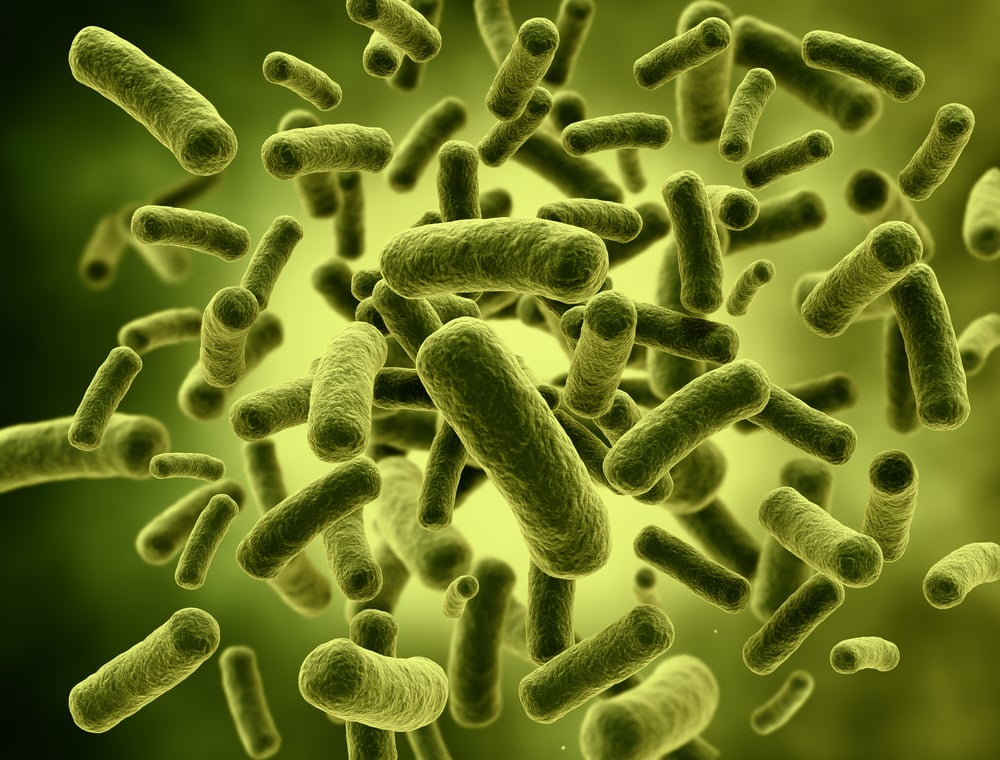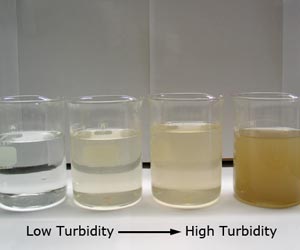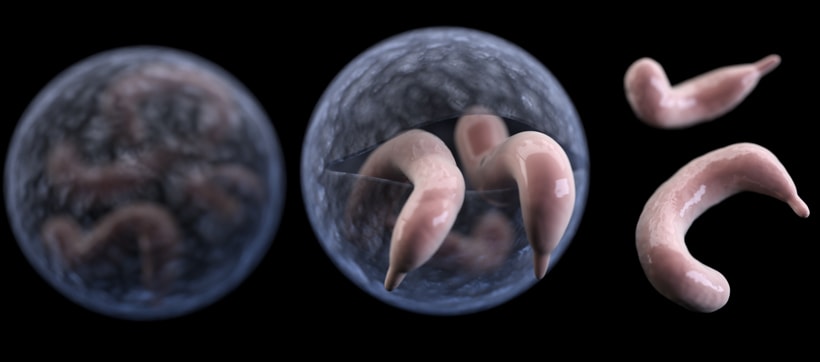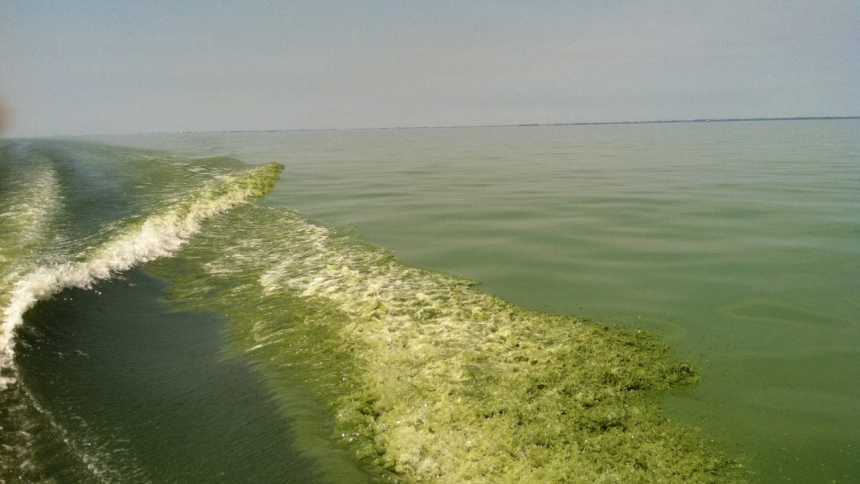Total coliform
bacteria are a type of microorganism that lives in soil, plants and the
intestines of humans. This microorganism aids in the digestion of food. Fecal
coliform bacteria are a subgroup of coliform bacteria that grows in warm
temperature and is found in the fecal waste of warm-blooded humans. E. Coli is
a type of fecal coliform bacteria. Water from a well should not have any coliform
bacteria in it if the well is cleaned properly. Water that comes from springs
or ponds should be disinfected and filtered with appropriate devices before the
water is consumed in order to prevent coliform bacteria. The standards for
healthy water conditions is no E. Coli or other fecal coliform bacteria. The
standards for healthy water conditions are four or fewer colonies of total
coliform bacteria.
Turbidity is the
measure of the cloudiness of the water. It can be caused from sediment floating
in the water or from the presence of disease-causing microorganisms. The
standard for turbidity in drinking water is one nephelolometric turbidity unit,
while the standard for public water is 0.3 nephelolometric turbidity unit.
Radon
is a naturally occurring radioactive gas that is known to cause cancer. Radon particles
leave the water once ingested and get into a person’s lungs and cause lung
cancer. There is currently no federal standard for the amount of radon in
water, but there is a plan purposed that would require a radon level of no more
than 4,000 pCi/L.
Cryptosporidium
is a microscopic parasite that is found in the intestines of humans and
animals. It can be passed through feces. It can get into wells through contamination,
and in public water supplies through sewage overflows. Crypto, as it is
commonly referred, should not be consumed, and if water is found to be contaminated
with the parasite then it should be boiled for one minute then allowed to cool
and settle. Also any wells that crypto is found in should be disinfected before
water consumed from the well. Giardia is another type of intestinal parasite
that is passed by feces. Giardia enters the water system in all the same ways
as crypto. Giardia should be treated the same way as crypto, but because it is moderately
chlorine resistant, an infected area should be checked once a year after being
cleaned to make sure there is no reoccurrence.
Harmful
Algae Bloom is causes by cyanobacteria,
blue-green algae. This is very serious as it can cause anything from severe diarrhea
and vomiting to death. The standards are broken down by type of person and type
of toxins released by the algae. For the toxin microcystin bottle-fed babies, nursing
mothers, dialysis patients, pregnant women and individuals with liver problems
should not consume when the level is 0.3 ug/L. For anyone else the level is 1.6
ug/L. For the first group of people the danger level for the toxin anatoxin-a
is 20 ug/L. Everyone else should not consume at 20 ug/L as well. For the first
group of people, with the toxin cylindrospermospin the level is 0.7 ug/L. For
everyone else, the level is 3 ug/L. Everyone should not consume water when the
saxitoxin level is at 0.2 ug/L.
Sources:




